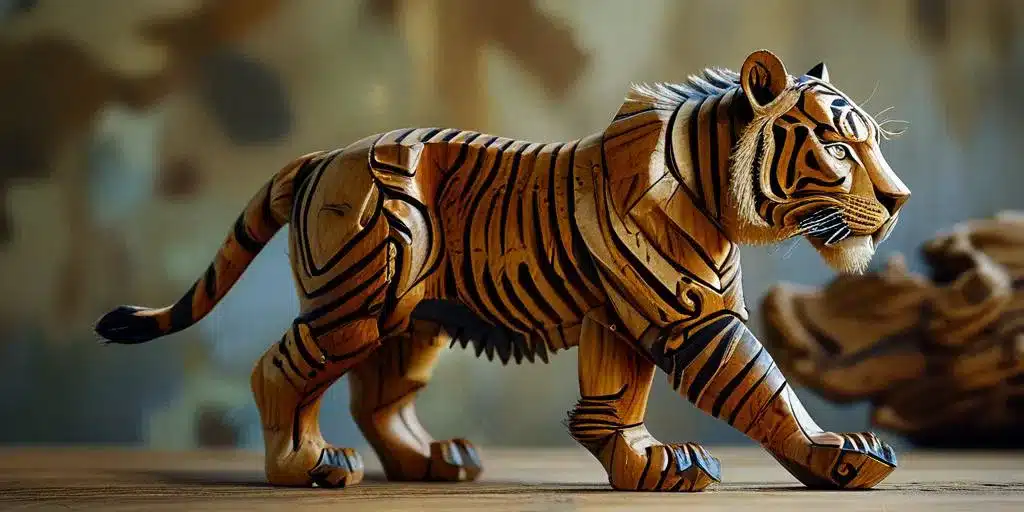Table of Contents
Raising children means finding toys that are entertaining and also nurture imagination and development. Wooden animal figurines stand out because they invite storytelling and creative adventures in a way that many modern toys cannot. Their timeless design keeps children engaged while supporting learning across different stages of growth.
For example, Holztiger animals are often praised for their ability to inspire open-ended play while remaining beautiful keepsakes for years. These figurines are simple enough to encourage imagination yet detailed enough to spark curiosity about the natural world. This article explores why wooden animals are ideal for children, focusing on creativity, education, sensory appeal, emotional development, and practical benefits.
Inspiring Endless Storytelling
Wooden animals naturally invite children to build entire worlds around them. A cow can become part of a farm one day, then a companion in a jungle expedition the next. The simplicity leaves space for young imaginations to create complex narratives without limitations.
This kind of imaginative play builds language skills while encouraging problem-solving. When children place animals in different settings, they practice sequencing events and cause-and-effect reasoning. Storytelling through figurines also fosters cooperation when shared, promoting social development in a natural, playful way.
Encouraging Early Learning Through Play
Animal figurines serve as practical tools for early childhood education. They can introduce basic concepts such as animal names, sounds, and habitats in ways children easily remember. A small collection can transform into a learning kit that sparks questions and discussions.
Teachers and parents often use wooden animals to demonstrate life cycles, farm routines, or environmental ideas. This hands-on interaction helps knowledge stick more effectively than abstract explanations. Instead of memorizing facts, children discover them in fun and engaging scenarios, making learning enjoyable.
A Sensory Experience That Lasts
The tactile nature of wooden toys provides children with a satisfying sensory experience. Smooth surfaces, carved details, and the natural weight of wood create a grounding connection. This sensory richness contrasts with plastic toys that often feel uniform and disposable.
Wooden animals also age gracefully, gaining character over time rather than losing appeal. The durability of natural materials allows toys to withstand years of handling, making them suitable to pass down through siblings or even generations. Their sturdiness enhances both their educational and sentimental value.
Building Emotional Connections
Children often form strong attachments to wooden toys because of their warm, lifelike feel. A small animal figure can become a comforting companion during moments of solitude or creative play. These attachments help children learn empathy, responsibility, and nurturing behavior.
Parents sometimes notice children assigning emotions or personalities to their animals. This process supports emotional intelligence and social development. By caring for their toys and incorporating them into stories, children practice important interpersonal skills in safe, imaginative settings.
Cooperation Through Wooden Animal Play
Wooden animal figurines often become the centerpiece of group play, where children share roles and create joint adventures. A farm scene or safari setup can quickly turn into a collaborative story, teaching valuable lessons about teamwork. Through this kind of interaction, children learn to negotiate, compromise, and listen to others.
Cooperative play also nurtures social bonds and builds communication skills in a relaxed, playful environment. When children are assigned responsibilities for different animals or settings, they practice leadership and empathy. These experiences lay the groundwork for positive social interactions in school and beyond
Wooden animal toys provide unmatched value for children by supporting creativity, learning, sensory exploration, and emotional growth. They offer open-ended play opportunities that encourage imagination while remaining durable and practical for everyday family life. For example, Holztiger animals show how simple, well-crafted toys stay meaningful through every stage of childhood. Their timeless appeal ensures they remain cherished companions long after the early years of play.


